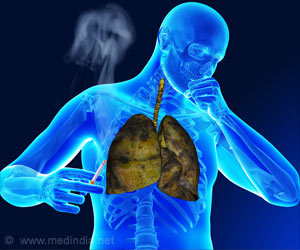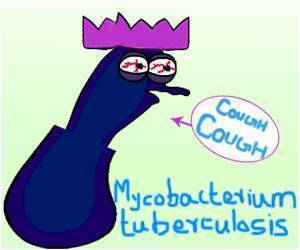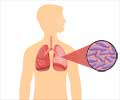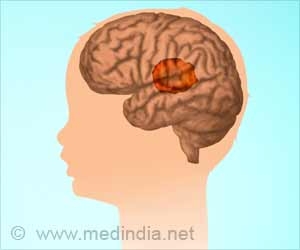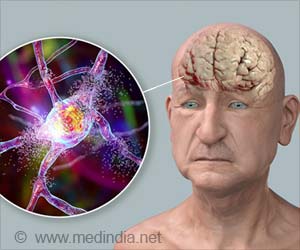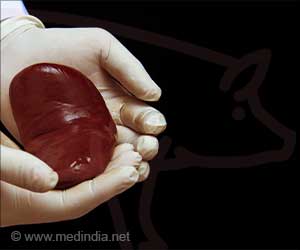The Tuberculosis Skin Test is the most commonly used test to detect TB infection, with about 50 million tests worldwide each year.

‘C-Tb skin test, a combination of PPD-based tuberculin skin test and interferon gamma release assays, or IGRAs has shown greater accuracy against tuberculosis infection in the phase III trial.’





The new test measures the body's immune response to two TB antigens, EAST-6 and CFP10. The test is administered like a tuberculin skin test (TST), and results are interpreted by measuring the size of the skin induration two or three days later. The TST is the most commonly used test to detect TB infection, with about 50 million tests worldwide each year, according to the World Health Organization. The test is easy to administer but produces too many false positives to achieve the WHO's goal of reducing TB deaths by 95 percent and new cases by 90 percent by 2035, Dr. Ruhwald said.
Introduced a decade ago, IGRAs have high specificity, producing few false positives, but require blood samples and complicated lab work, which has limited their widespread use. There is also a dramatic price difference between the two diagnostic tests. According to Dr. Ruhwald, a TST costs about $2; an IGRA is 20 to 40 times more expensive depending on setting.
In the first clinical trial, Dr. Ruhwald and colleagues conducted a double-blinded study of C-Tb in 979 participants enrolled at 13 clinical trial sites in Spain. Participants, all adults, ranged in TB status from presumed uninfected through intermediate and high risk of latent TB to active disease.
Researchers found:
- Both C-Tb and the IGRA had a specificity of 97 percent.
- C-Tb was highly concordant to IGRA in 95 percent of study participants.
- The specificity of C-Tb, unlike the TST, was not impacted by the BCG vaccine, the partially effective vaccine that many residents in the developing world receive.
- TST specificity in this group was only 62 percent.
- The sensitivity of C-Tb was comparable to the IGRA in confirmed TB cases (77 percent vs. 81 percent), indicating similar abilities to detect infection.
Advertisement
- Among participants with HIV, the ability of all three tests to detect TB infection was diminished, though the C-Tb appeared more robust in HIV-infected participants with low CD4 T cell counts.
- Among children under 5, C-Tb was comparable with the other two tests in identifying those infected.
Source-Newswise



